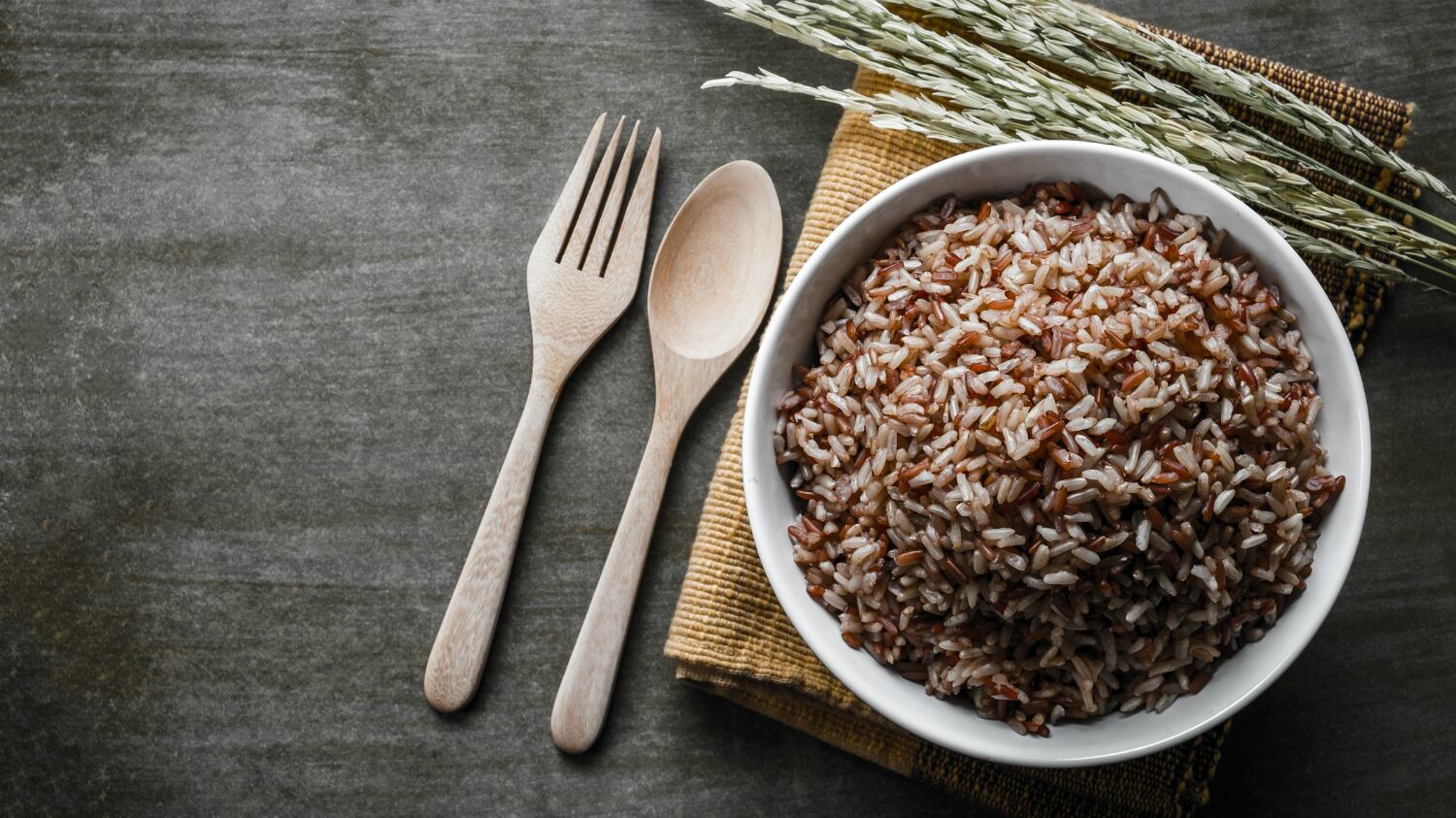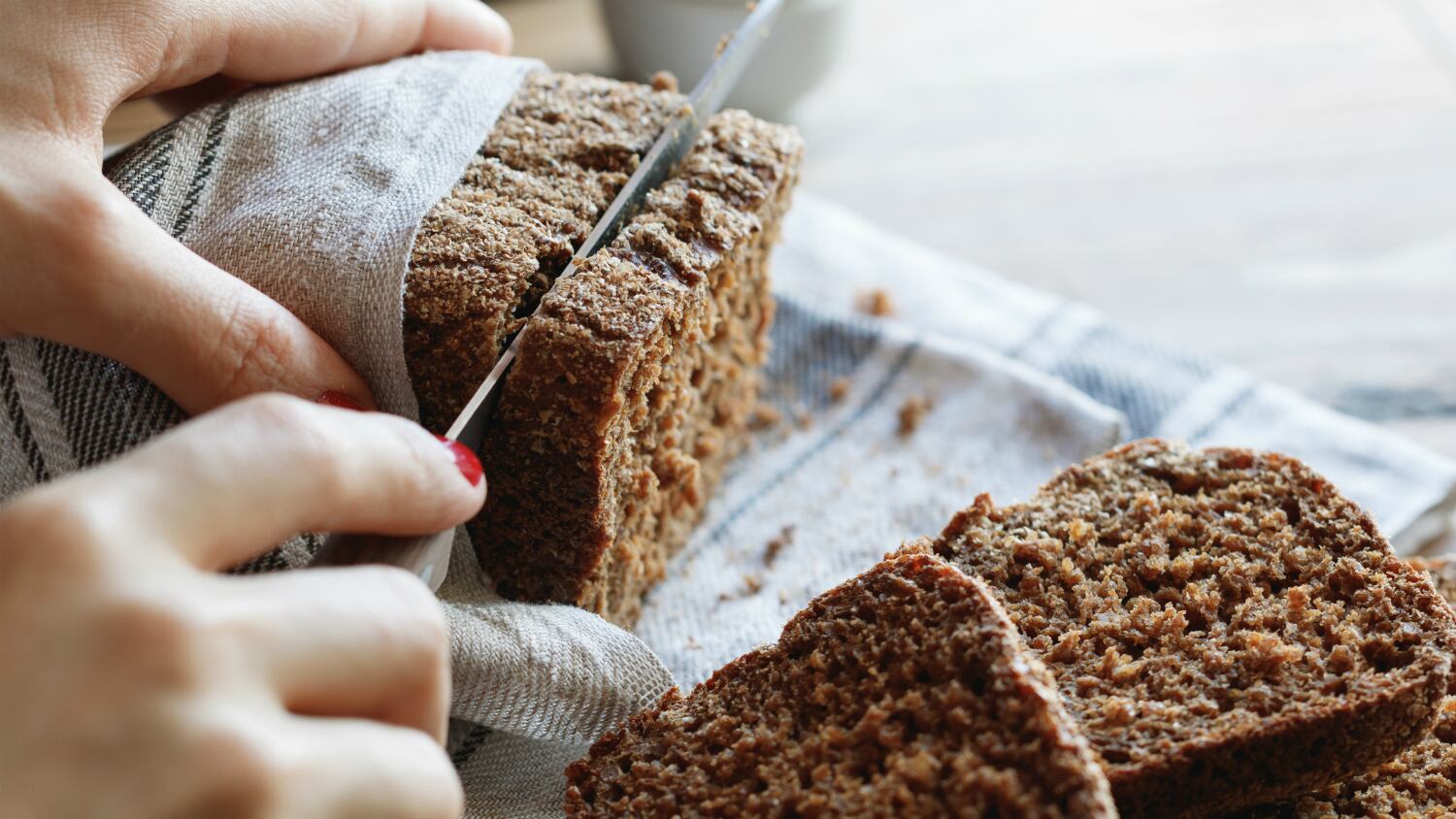The regulator first implemented the Food Safety and Standards (Fortification of Foods) Regulations in October 2016, with fortification guidelines for staples such as rice, wheat flour (folic acid, iron, vitamin B12), milk, edible oil (vitamins A and D) and salt (iodine and iron).
In addition, the '+F' logo was introduced to identify fortified foods, and the Scientific Panel on Nutrition and Fortification approved the Scientific Health Claims for label declaration of fortified foods.
More micronutrients
The latest notification refers to the updated set of regulations as the Food Safety and Standards (Fortification of Foods) Regulations 2018.
By January 1 2019, all food business operators must comply with "all the provisions of these regulations", with permitted dosages of added micronutrients recommended by the panel adjusted to provide 30% to 50% of each individual's daily requirements.
The permitted dosages provide a minima and maxima range for the fortification of staple foods like wheat flour (also called atta or maida), rice, salt, milk, and vegetable oil.
The range allows for an additional 10% of micronutrients above the dosage recommended by the panel, though the figure is 20% for vitamins A and D.
Quality, labelling and promotion
The updated regulations also state that "every manufacturer and packer of fortified food shall give an undertaking on quality assurance and submit evidence of steps taken" to the FSSAI twice a year.
These undertakings are to include details such as certification by an FSSAI-approved food laboratory that the fortified food complies with the official standards, regular technical equipment and process audits, and good manufacturing practices (GMP).
Additionally, every package of fortified food must have the words "fortified with", followed by the name of the added micronutrients, along with the '+F' logo in either blue or black.
The FSSAI has also made clear its intention to "encourage the production, manufacture, distribution, sale and consumption of fortified food — including fortification through conventional breeding or hybridisation — in cooperation with concerned departments of the government of India (or) governments of states / union territories".
From recommended to mandatory
At present, 110 brands of all five fortified staples by 62 of India's major firms have hit the open market across the country — a marked contrast from just eight months ago, when companies were slow to make the necessary changes, especially for milk and edible oils.
Today, 21% of the milk industry adheres to the fortification standards, while 47% of the edible oil industry doing the same.
In light of these positive developments, the FSSAI has proposed mandatory fortification of staples as "the way forward".
Already, the Ministry of Women and Child Development and Ministry of Human Resource Development have made fortified staples mandatory, with government programmes such as Integrated Child Development Services (ICDS), Mid-Day Meal (MDM) and the Public Distribution System (PDS) using them.
Scaling up
Just last month, the Indian government announced that 118 districts in the country would receive fortified rations. Shortly after, the government of Haryana announced an extension of fortified food supply under the PDS.
Today, 15 states in India — including Odisha, Karnataka, Gujarat, Uttar Pradesh, Maharashtra, Tamil Nadu, West Bengal, and Kerala — as well as three union territories, have adopted the fortification of certain commodities on the district level, or to varying extents under programmes such as the ICDS, MDM and PDS.
In fact, the FSSAI has published a report entitled Food Fortification in India: Status and Road Ahead — Need for a Strategic Shift for Further Scale Up, which details the need for a strategic shift to scale up government-funded fortification programmes.
The report also estimates that an additional ₹300bn — approximately 1% of the overall existing budget for the ICDS and MDM — would enable fortification to be implemented across the entire country.


